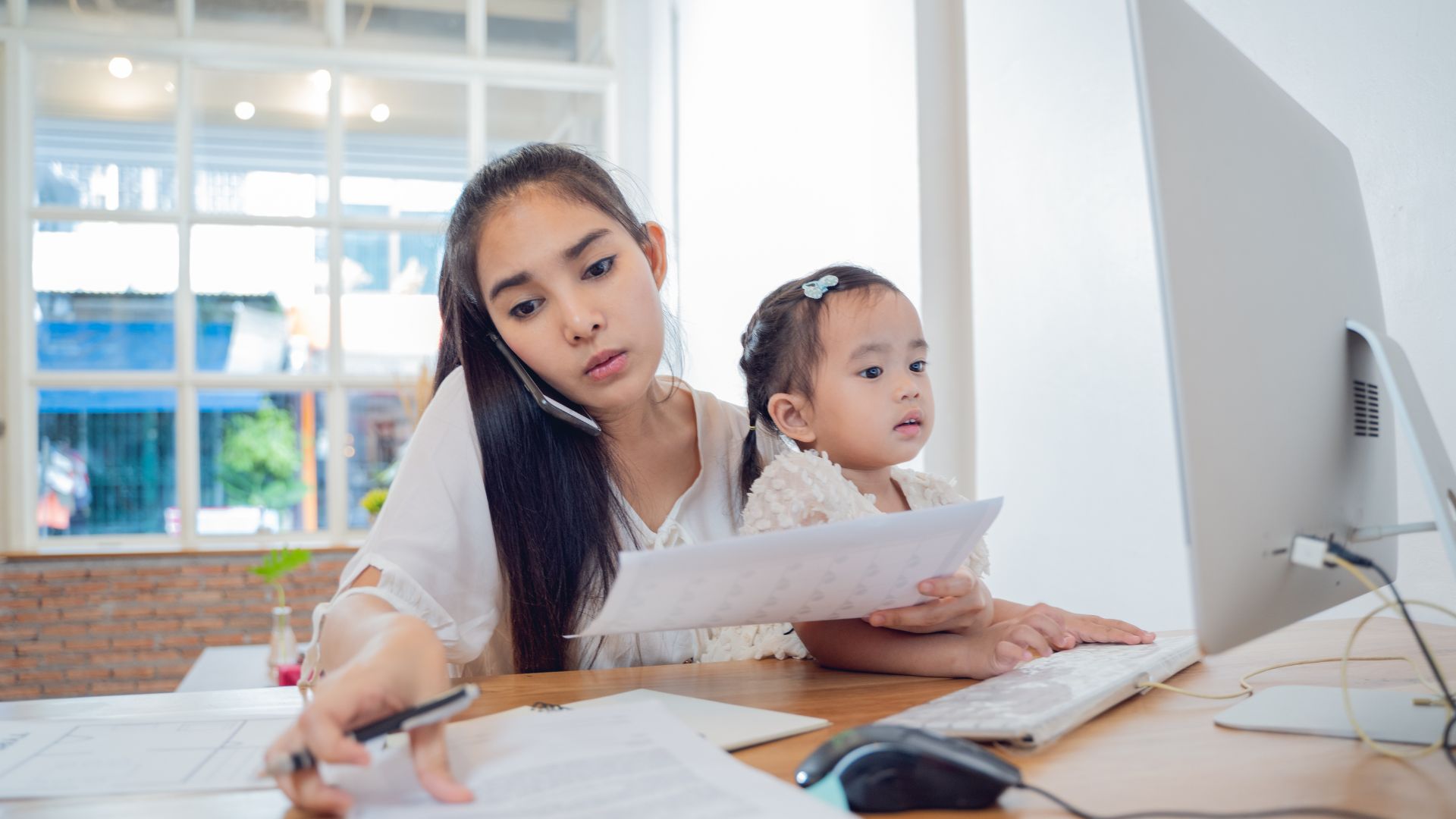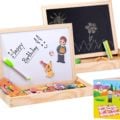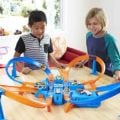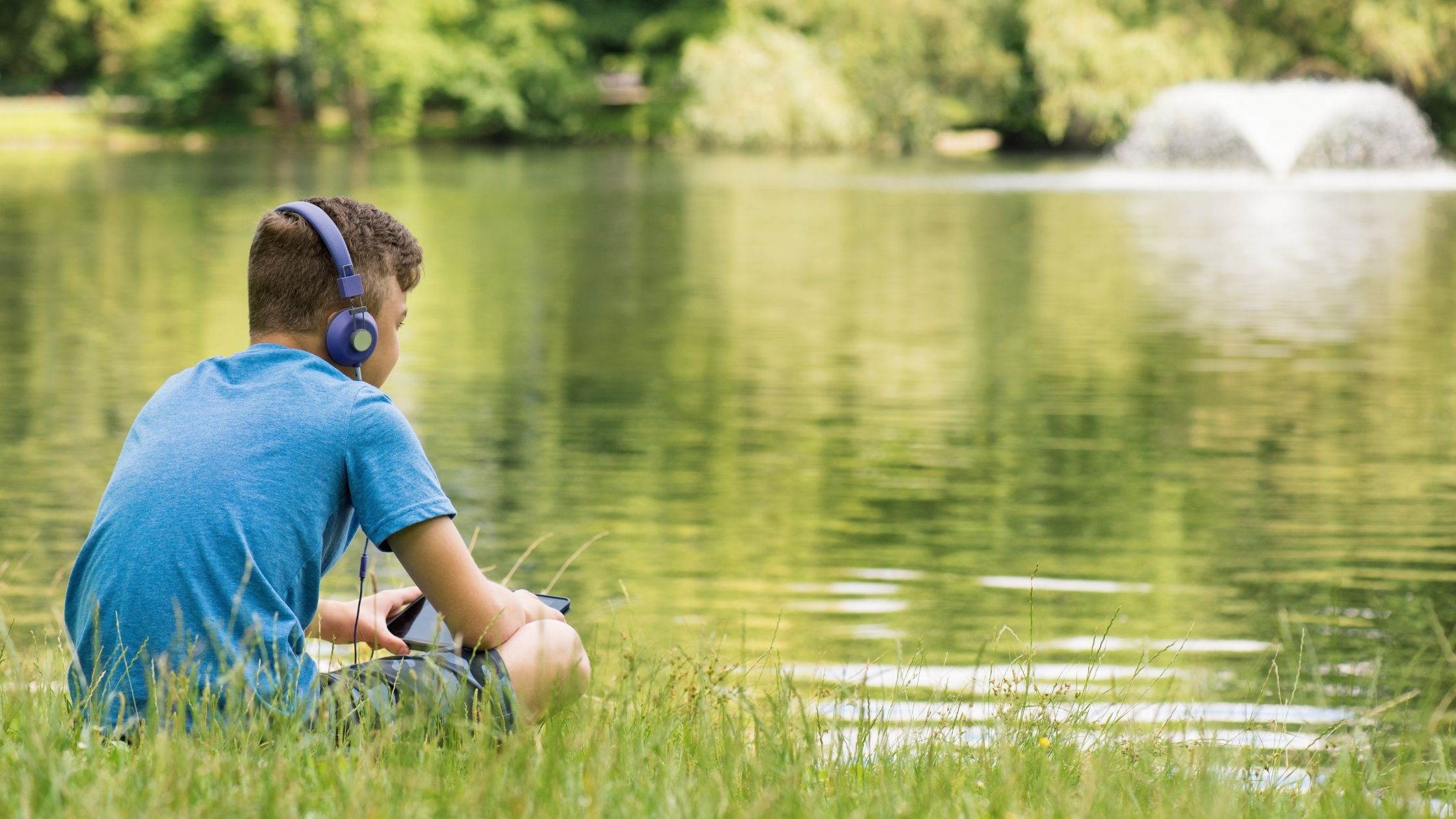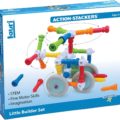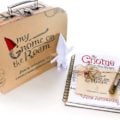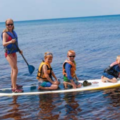If you have a tween, you’ve been parenting long enough to have navigated a number of safety issues regarding your offspring, whether it’s seat belts, sunscreen, or secondhand smoke. But if you’re like me, you may have overlooked a concern that’s been right under your nose all along—or, more accurately, on either side of your head: hearing loss.
Other than occasionally telling my three kids to “turn down the volume!” of whatever electronic device they happen to be using—TV, computer, iPod, or their newly issued school iPads—I haven’t done much to advise them about the potential dangers of sound. Even after my husband lost the hearing in his right ear three years ago due to sudden sensorineural hearing loss (the cause in his case is unknown, but might have been virus-related), and thus our family became more aware of the challenges of living in an increasingly noisy society, I had not thought of hearing loss as a public health issue.
Last month, however, my eyes and ears were opened while attending a conference in St. Paul. Sponsored by 3M, the conference attracted a number of experts from across the country who spoke on a variety of topics related to youth and noise-induced hearing loss.
Too loud, too long
What exactly is noise-induced hearing loss? It’s damage that occurs to the tiny sensory hair cells of the inner ear, and it’s caused by noises that are too loud and last for too long. Potentially damaging noise exposure can occur during common activities like mowing the lawn, hunting, playing a band instrument, or attending a sporting event, movie, or concert. It’s estimated that 10 million Americans have permanent hearing loss from noise or trauma, and that 12.5 percent of the country’s six- to 19-year-olds have experienced some hearing loss due to noise exposure.
The damage is irreversible, but the good news is that it is preventable. That’s why health professionals, companies like 3M, and organizations like the National Institute on Deafness and Other Communication Disorders (NIDCD) are promoting education efforts aimed at families, particularly those with tweens. The thinking is that tweens are at an age when they’re making more decisions for themselves, and they’re also establishing their own health habits. If kids and their parents understand the potential hazards, it’s more likely that they will take actions to protect their hearing as the kids grow into adults.
Laurie Wells, 3M’s senior acoustics regulatory affairs specialist, says noise exposure for tweens today is much different than what their parents experienced as youth. Kids can listen to music through earbuds at all hours of the day, and they are exposed to a wide array of loud sounds from the time they are babies.
Recognizing the source of a sound and determining whether it’s hazardous is the first step of protection, Wells says.
“If I go to a public event where there’s amplified speech, or to a movie, often times I’ll see kids covering their ears, and sometimes I’ll see parents uncovering their child’s ears and saying, ‘No, get used to it,’ or ‘It’s OK.’ I think we have a natural defense to protect ourselves, and we ought to pay attention to it,” she says.
It isn’t always easy to tell if a sound is too loud, because it’s not just the level of sound that’s important; the duration is also a factor that contributes to damage. If your tween complains of ringing in the ears, or a fuzzy feeling in the ears after listening to a sound, those are signs of a temporary change in hearing.
“We might think—well, that’s not very loud, but if you do that ‘not very loud’ thing for a very long time, day to day, eventually it can erode the structure of the inner ear,” Wells says. “Conversely, it might be a very loud sound for a very short time, and it can also do damage.”
Once a sound is recognized as potentially hazardous, people have options for managing it; they can walk away from it, they can turn it down, or they can use a form of hearing protection, from the cheap but effective disposable foam earplugs to more complicated communications headsets.
Wells says it’s important for adults to model safe behavior, while also providing kids with the knowledge they need to become responsible sound consumers.
“You don’t have to stop doing what you want to do—you can do it, but be aware of how you’re doing it so that you’re not putting yourself at risk,” she says.
Joy Riggs is a mother of three teenagers. She lives in Northfield. Send comments or questions to [email protected].



